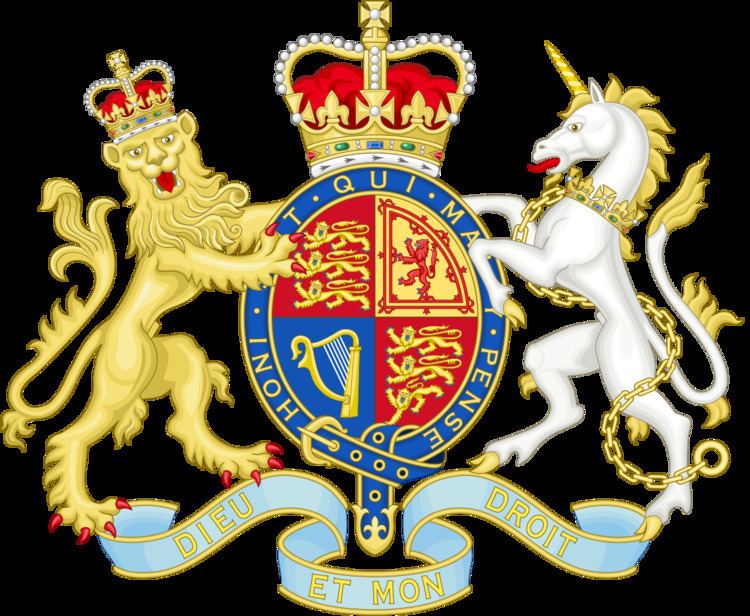Citation 1911 c. 55 | Royal assent 16 December 1911 | |
 | ||
Long title An Act to provide for Insurance against Loss of Health and for the Prevention and Cure of Sickness and for Insurance against Unemployment, and for purposes incidental thereto. Territorial extent England and Wales; Scotland; Northern Ireland | ||
The National Insurance Act 1911 created a system of health insurance for industrial workers in Great Britain based on contributions from employers, the government, and the workers themselves. It was one of the foundations of the welfare state. It also provided unemployment insurance for designated cyclical industries. It formed part of the wider social welfare reforms of the Liberal Government of 1906–1915. David Lloyd George, the Liberal Chancellor of the Exchequer, was the prime moving force behind its design, negotiations with doctors and other interest groups, and final passage.
Contents
Background
Lloyd George followed the example of Germany, which under conservative Chancellor Otto von Bismarck had provided compulsory national insurance against sickness from 1884. After visiting Germany in 1908, Lloyd George said in his 1909 Budget Speech, that Britain should aim to be "putting ourselves in this field on a level with Germany; We should not emulate them only in armaments." His measure gave the British working classes the first contributory system of insurance against illness and unemployment. The Act only applied to wage earners—about seventy percent of the work force—their families and the unwaged were not covered .
After first praising the proposal, the Conservatives split and most voted against it. When returned to office they did not change it.
Some trade unions who operated their own insurance schemes and friendly societies who had their own schemes were at first opposed, but Lloyd George convinced most of them to support the proposal. The friendly societies and trade unions were given a major role in administering health insurance. Covered workers outside those agencies dealt with the local post office. The government picked up basic benefits that the unions and societies had promised, thus greatly helping their financial reserves.
The Act was psychologically important as it removed the need for unemployed workers to rely on the stigmatised social welfare provisions of the Poor Law. This hastened the end of the Poor Law as a social welfare provider, with the Poor Law unions being abolished in 1929, and the administration of poor relief being transferred to the counties and county boroughs.
Key figures in the implementation of the Act included Robert Laurie Morant, and especially economist William Braithwaite who drafted the details after inspecting the German system.
The medical profession was angry with the law, despite support from some prominent leaders such as Victor Horsley. Some critics on the right such as Hilaire Belloc considered the Insurance Act to be a manifestation of The Servile State, which Belloc blasted in his book of the same name.
Part I, Health
The National Insurance Act Part I provided for a National Insurance scheme with provision of medical benefits. All workers who earned under £160 a year had to pay 4 pence a week to the scheme; the employer paid 3 pence, and general taxation paid 2 pence (Lloyd George called it the "ninepence for fourpence"). As a result, workers could take sick leave and be paid 10 shillings a week for the first 13 weeks and 5 shillings a week for the next 13 weeks. Workers also gained access to free treatment for tuberculosis, and the sick were eligible for treatment by a panel doctor. Due to pressure from the Co-operative Women's Guild, the National Insurance Act provided maternity benefits.
In parts of Scotland which were still largely subsistence farming the collection of cash contributions was impractical. The Highlands and Islands Medical Service was established in the crofting counties on a non-contributory basis in 1913.
Part II, Unemployment
National Insurance Act Part II provided for time-limited unemployment benefit for certain highly cyclical industries, especially the building trades, mechanical engineering, foundries, vehicle manufacturing, and sawmills. The scheme was based on actuarial principles and it was planned that it would be funded by a predetermined amount each from workers, employers, and taxpayers. It made no provision for dependants. Part II worked in a similar way to Part I. The worker gave 2.5 pence/week when employed, the employer 2.5 pence, and the taxpayer 3 pence. After one week of unemployment, the worker would start to be eligible to receive 7 shillings/week for up to 15 weeks in a year. The money would be collected from labour exchanges. By 1913, 2.3 million were insured under the scheme for unemployment benefit and almost 15 million insured for sickness benefit.
A key assumption of the Act was an unemployment rate of 4.6%. At the time the Act was passed unemployment was at 3% and the fund was expected to quickly build a surplus. Under the Act, employees' contributions to the scheme were to be compulsory and taken by the employer before the workers' salary was paid.
